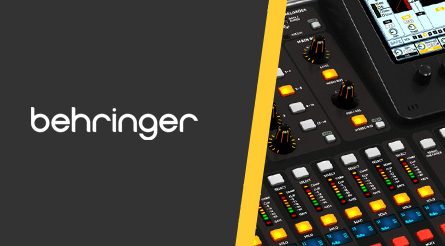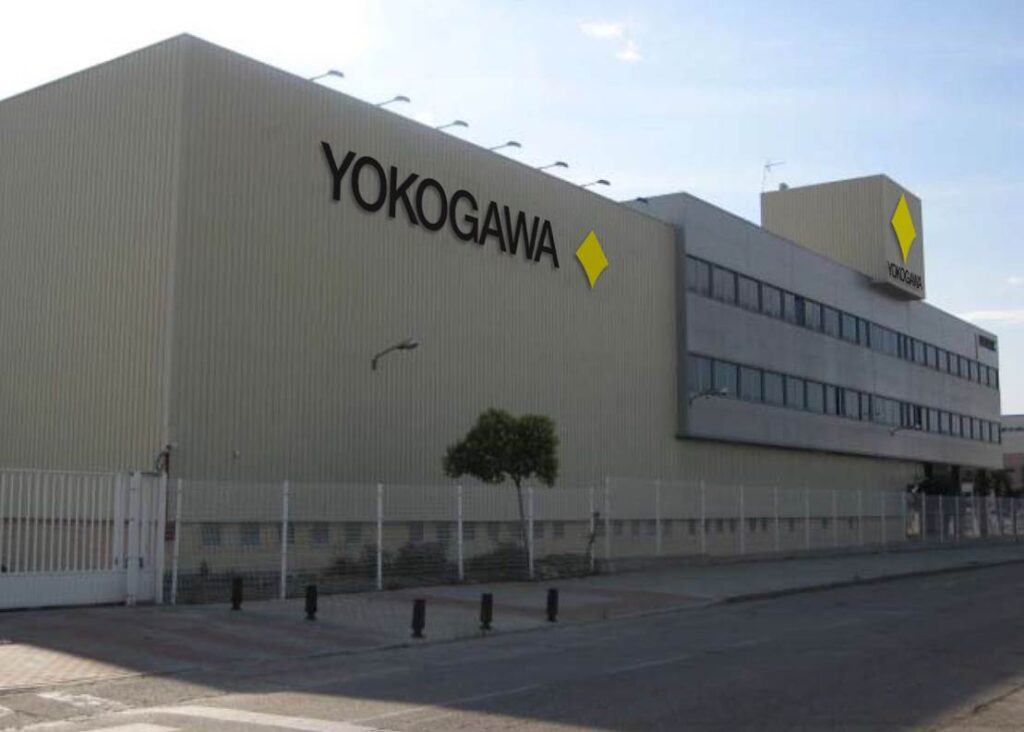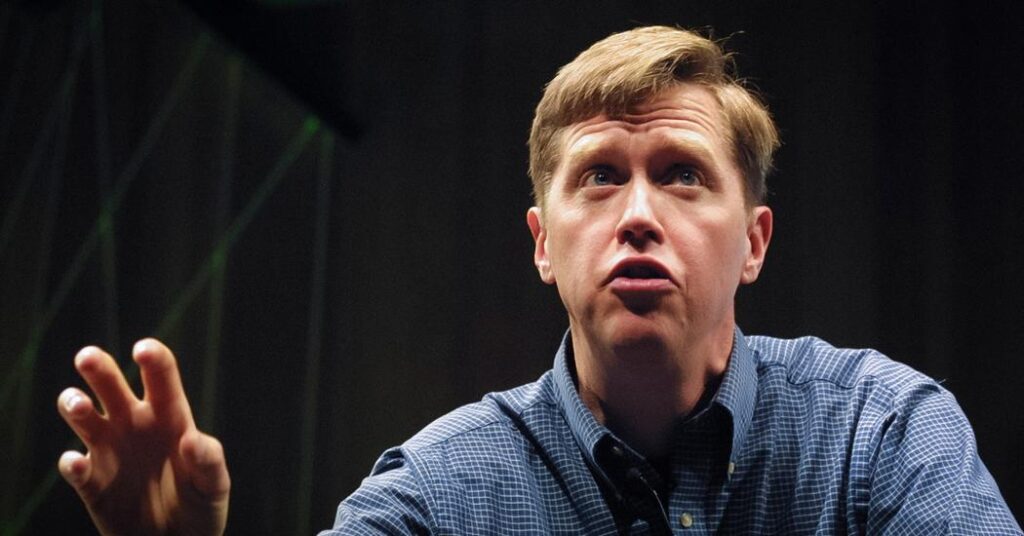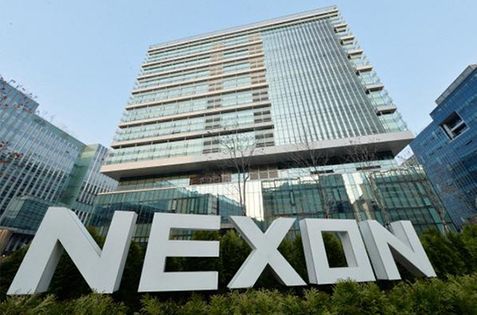Clearwater Analytics – Modern World’s Accounting Solution.
Clearwater Analytics is a fintech company based in Idaho, United States. The company was founded in 2004 and is currently led by Sandeep Sahai, the present CEO. Being one of the most trusted companies for advanced accounting solutions with investment data aggregation and much more to provide, the company has received several awards. The company’s primary customers are asset managers, big and small insurance companies, multinational corporations and banks, government bodies, and many other institutions. There are approximately 2,000 employees in this company who are working from offices situated in London, India, USA, and Scotland. The company has such a vast network that it reports more than $5.9 trillion in assets on a daily basis across thousands of accounts.
Story Of Clearwater Analytics
Back in 2004, Clearwater Analytics was founded by David Boren, Michael Boren, and Douglas Bates. Before founding this company, these three co-founders established Clearwater Advisors, an institutional fixed-income investment advisor. After this advisor body was established, the three of them eventually landed on the concept of Clearwater Analytics. After the company was established in 2004, it eventually started expanding both in terms of its client diversity as well as geography. Clearwater Analytics has multiple offices in Europe and a few years back decided to invest heavily in the Indian market. For the impressive solutions offered by the company, it has received the Innovative Company of the Year award in 2012 from the Idaho Innovation Awards.
By the end of 2013, the company entered into a partnership with Gardner Co. to help the company finance a nine-story building. The construction of this Clearwater building was completed after three years. In 2013, the company was also named Technology Firm of the Year by Captive Review. In 2019, the company received two awards in a row, Technology Firm of the Year at the Insurance Asset Management Awards and Best Software Solution at the UK & European Captive Review Awards, respectively. As the company has reported over $5.5 trillion in investment assets, it is clear that it has several high-profile clients. Some of them are J.P. Morgan Asset Management, Cisco, Oracle, and Facebook.

Entering The Indian Market
It was in 2019 that the company announced that it will enter the Indian market. Its plan was to invest $25 million in the next three years. The company made a plan to invest this amount in National Capital Region (NCR) by March 2020 and decided to bring 200 professionals on board. Currently, the company has its office in Noida, India.
Sandeep Sahai – CEO
Sandeep Sahai is the present CEO of the company and he is holding this position for the last four years. After Sandeep became the CEO of the company, Clearwater Analytics flourished in the targeted global markets and also expanded in its core industries. It is under his supervision that the company has ten offices presently across six different companies. Moreover, he also led Clearwater Analytics to its IPO in the fall of 2021. Now, it is a publicly-traded company under the ticker CWAN. Sandeep is an alumnus of IIT Varanasi and IIM Calcutta. Apart from playing his role in several executive positions in various global companies, he also founded a consulting firm called TechSpan. And, prior to joining Clearwater Analytics, he was the CEO of Headstrong.

Annasha Dey is an NIT student, who apart from studying engineering is also a content writer. She has a great interest in photography, writing, reading novels, and travelling as well. She is a foodie who loves socializing and hanging out with her friends. She is also a trained Kathak dancer and a big fashion enthusiast. Dey also loves watching TV series, which includes F.R.I.E.N.D.S. and Big Bang Theory. To be a better writer she prefers to read more




